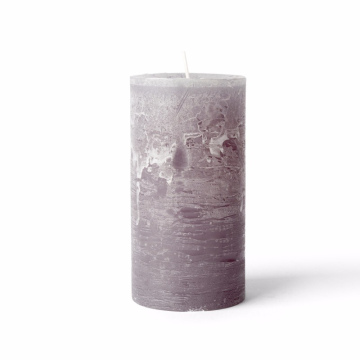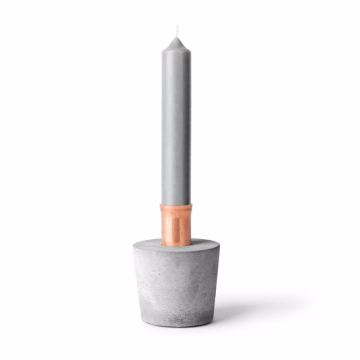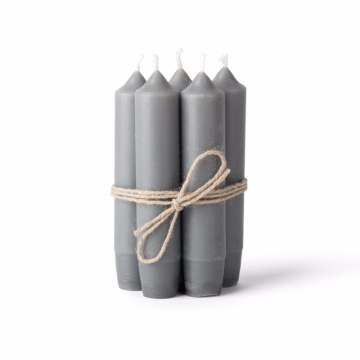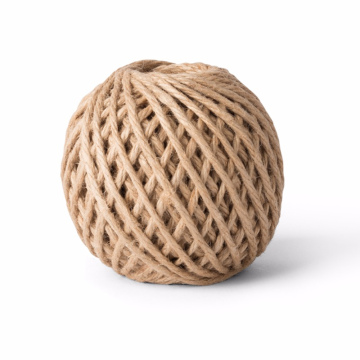The Origins of Karaage: A Culinary Tradition
Karaage, a quintessential Japanese dish, traces its origins back to culinary practices that date as far as the Heian period (794-1185). At this time, the influence of Chinese cooking began to weave into Japanese gastronomy, leading to the introduction of various cooking techniques, including deep-frying. However, it was in the early 20th century that karaage, as we know it today, began to emerge. This transformation was partly driven by the need for quick, flavorful meals that could be enjoyed by busy families and workers.
Traditionally, karaage involves marinating bite-sized pieces of chicken in a mixture of soy sauce, sake, and ginger, before being coated in a light dusting of flour or potato starch. This cooking method not only preserves the integrity and moisture of the chicken but also enhances its flavor profile. The choice of marinades and cooking techniques used in karaage preparation hold significant cultural roots; they reflect the Japanese philosophy of emphasizing natural flavors rather than masking them. The aim is to achieve a harmonious balance between the savory taste of the chicken and the nuanced ingredients used in the marinade.
As this dish gained popularity, regional variations began to emerge across Japan. For instance, in Okinawa, the locals might incorporate local spices and techniques that reflect their unique cultural heritage, while in Hokkaido, an emphasis on freshness might lead to the use of exceptionally high-quality poultry. These adaptations illustrate how karaage has transcended its humble beginnings, evolving into a multifaceted dish that resonates with diverse culinary practices and local preferences. By appreciating the origins of karaage, one can gain insight into not only a delicious meal but also the rich tapestry of Japanese culinary traditions.
Savoring Karaage: A Culinary Journey Through Japan
Discover the rich history and culinary techniques behind Karaage, the iconic Japanese fried chicken. Tracing its origins from the Heian period to modern trends, this article explores traditional preparations, regional variations, and innovative adaptations that have made Karaage a beloved dish both in Japan and worldwide. Learn how to master the art of making Karaage with essential ingredients and frying techniques, and gain insights into how global influences and social media are shaping its future in modern cuisine.
Savoring Karaage: A Culinary Journey Through Japan
The Origins of Karaage
Karaage, a beloved Japanese dish consisting of bite-sized pieces of marinated meat, is typically deep-fried to perfection, resulting in a crispy exterior and tender interior. Its origins can be traced back to the early 17th century during the Edo period when the term "kara" initially referred to foreign (particularly Chinese) influences on Japanese cooking. The introduction of frying methods from China coincided with a growing appreciation for Western culinary techniques, leading to the evolution of various dishes across Japan.
The word "age," meaning to fry, when combined with "kara," suggests a confluence of cultures that contributed to the development of this delightful dish. Marinated chicken is most commonly used for karaage; however, variations featuring fish and vegetables are equally appreciated. As the years progressed, the preparation of karaage became more refined, incorporating regional ingredients and distinct flavors that reflected Japan’s diverse culinary palette.
By the mid-20th century, karaage began to gain widespread popularity, particularly after World War II, as Japan experienced a culinary renaissance. With an increasing availability of affordable ingredients and the introduction of convenience foods, karaage emerged as a staple snack, especially at izakayas (Japanese pubs) and bento shops. Its adaptability to modern tastes, with unique marinades and dipping sauces, further contributed to its widespread appeal. Notable is the fact that as international interest in Japanese cuisine grew, karaage made its way onto menus beyond Japan, solidifying its status as a culinary ambassador for traditional Japanese food.
The evolution of karaage highlights the dynamic nature of Japanese gastronomy, showcasing how historical influences enriched local culinary practices. Today, this delectable dish continues to be cherished in homes and restaurants alike, representing a flavorful journey through Japan's rich culinary history.
The Art of Making Perfect Karaage
Karaage, a popular Japanese dish, is essentially fried chicken that has been marinated to achieve a delectable flavor and unique texture. The choice of meat is crucial, with chicken being the most commonly used. While dark meat is preferred for its juiciness and rich flavor, chicken breast can also be used for a leaner option. When selecting your chicken, aim for high-quality, fresh meat to guarantee the best results.
Marination plays a vital role in the preparation of karaage. A typical marinade may include ingredients such as soy sauce, sake, ginger, and garlic. The soy sauce provides umami depth while sake adds a subtle sweetness. Ginger introduces a refreshing zest, balancing the richness of the chicken. The marinade not only infuses the meat with flavor but also helps tenderize it. Allowing the chicken to marinate for at least 30 minutes, or preferably a few hours, enhances the infusion of flavors.
After marination, the next step involves coating the chicken. A mixture of flour, potato starch, or cornstarch is typically used, which contributes to the signature crunchy texture. Dredging the chicken in this mixture before frying ensures that it becomes wonderfully crispy while locking in moisture from the marinade.
Frying is where the magic happens. Traditionally, karaage is deep-fried in vegetable oil at a precise temperature, generally around 170-180 degrees Celsius (340-360 degrees Fahrenheit). This allows the exterior to become crisp while maintaining a juicy interior. It is advisable to fry in small batches to prevent lowering the oil's temperature, leading to a soggy result.
For serving, karaage can be enjoyed plain, complemented with a dipping sauce, or paired with a side of rice and fresh vegetables. It also pairs wonderfully with beverages, such as Japanese beer or sake, enhancing the overall dining experience. Crafting the perfect karaage requires attention to detail, but the rewarding result is certainly worth the effort.
Regional Variations of Karaage in Japan
Karaage, a beloved Japanese fried chicken dish, exhibits a remarkable diversity across the various regions of Japan. Each locality brings its own unique flavors and techniques, influenced by regional ingredients and culinary customs, thereby enriching the country’s gastronomic landscape. For instance, in Hokkaido, the northernmost prefecture, karaage often features succulent free-range chicken that is marinated in a mix of soy sauce, sake, and ginger. This preparation enhances the meat’s natural sweetness and is occasionally accompanied by the added richness of local miso, giving it a distinctive flavor profile.
As we move south to Osaka, one can observe a somewhat different approach to karaage. In this bustling culinary hub, the chicken is typically marinated in a more robust soy sauce blend that includes garlic and a touch of citrus. This combination leads to a savory and slightly tangy taste, reflecting the region's flair for delicious, bold flavors. In addition, Osaka is well-known for its vibrant street food culture, where karaage is often enjoyed at festivals and markets, showcasing the dish's role as a staple in everyday dining as well as special occasions.
Traveling further south to Kyushu, a region renowned for its agricultural bounty, the emphasis shifts towards locally sourced ingredients. Here, the chicken is sometimes prepared with added spices and herbs unique to the area, lending the dish a spicy kick. Additionally, the use of sweet potato starch in the batter provides a light, crispy texture that contrasts beautifully with the tender meat underneath. Festivals such as the Kumamoto Karaage Festival highlight this regional pride, where local vendors compete to showcase their unique twists on the classic dish, further cementing karaage's importance in Japanese culinary culture.
Karaage in Global Cuisine
Karaage, a traditional Japanese dish characterized by its marinated and fried chicken, has undoubtedly made a significant impact on global cuisine. As culinary borders continue to blur, this dish has journeyed far beyond its origins, finding a welcome place on menus in various countries. Chefs around the world have appreciated karaage not only for its delightful flavor profile but also for its versatility. From upscale eateries to casual street food stalls, karaage is now an international custodian of gastronomy, reflecting the cultural interplay that characterizes modern cooking.
The growing popularity of karaage can be attributed to several factors, including the increasing interest in Asian cuisine and the evolution of food networks. Various adaptations have emerged, with chefs experimenting with different marinades, frying techniques, and serving styles. In some countries, karaage has been incorporated into fusion dishes, such as karaage tacos or sliders, merging flavors and culinary traditions to create innovative meals. This creative reimagining of karaage not only showcases its adaptability but also strengthens its presence in international food scenes.
Food blogs and social media platforms have played an essential role in this culinary phenomenon. With visually appealing images and videos of perfectly fried karaage flooding platforms like Instagram, diners are inspired to seek out restaurants offering authentic versions of the dish. Additionally, food enthusiasts share homemade recipes, making it accessible for individuals to recreate this popular dish in their own kitchens, thereby contributing to its rising fame worldwide.
For those eager to savor karaage without traveling to Japan, numerous Japanese restaurants abroad feature this beloved dish. Alternatively, adventurous home cooks can explore the rich flavors of karaage through DIY recipes, allowing them to experience this delectable culinary treat. The delightful journey of karaage from Japan to the global stage demonstrates its universal appeal and the joy it brings to food lovers everywhere.







